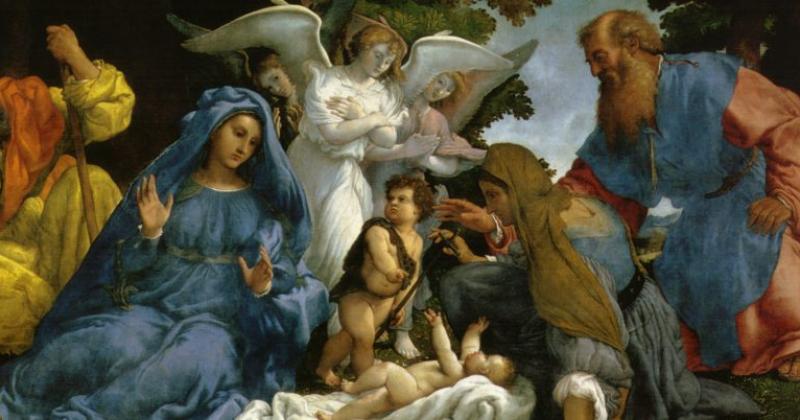Throughout the world, Christian believers are celebrating the Epiphany, the visitation of the Magi from the East. The word literally means the “manifestation,” and is used to describe the revelation of Jesus Christ to the world. Represented by the Magi, the nations of the world are invited to come and adore the long-awaited Messiah, the new-born King and Savior of the world.
The biblical account of the Epiphany is rich in symbolism. The Magi are guided by a star and come from the East. First to Jerusalem and then to Bethlehem. Once in Bethlehem, they are led to the “house” (no longer a manger) of the regal “child” (no longer a baby). Once in the presence of the Christ, we are told of the Magi: “On entering the house they saw the child with Mary his mother. They prostrated themselves and did him homage.”
While there are many aspects of this beautiful encounter that can be highlighted, there is one point that is often overlooked. In seeing this king and in doing him homage, the Magi also encountered the king’s mother and gave her homage. This is a discreet passage of the Bible that hints at the pivotal role played by Mary in the life of her Son and in the fulfillment of prophecy on his arrival.
It seems as if many Catholic believers today have accepted the premise that the beliefs and traditions of the Church, while beautiful in themselves, are somehow extra-biblical, in the sense that certain foreign beliefs - such as goddess worship - were incorporated into central biblical belief. The idea that somehow the Church has added some things, or indulged some things, or expanded some things that are distinct from or contrary to core biblical truths is widely accepted by many members of the Church.
Is this true? Has the Church allowed for a certain adulteration of biblical faith?
In full disclosure, there was a time when I accepted this presumption and didn’t think it was a big deal. Before studying theology, I accepted it as a normal thing that the Church would add unbiblical beliefs into the worldview of the Sacred Scriptures. If I had thought about such a presumption, I would have been deeply bothered by it, but I honestly didn’t even really think about it.
Of course, all this changed once I started studying theology. For any of us, however, once we realize that the Bible is an inspired account of a living faith, then we can understand how Sacred Tradition gave birth to the Bible. The biblical account was a selection and writing down of the oral tradition that was contained, preserved, and defended by the community of believers.
Sacred Tradition, therefore, provides us with the culture, context, and conditioning within which the Bible can best be studied, comprehended and interpreted. Sacred Tradition is the Bible’s proper environment since it’s the receiving, living out, and passing of the faith. It naturally synthesizes the truths of God’s revelation and has an inherent harmony. And so, only a full immersion in Sacred Tradition can help us to realize holistically the depth and meaning of the Bible.
What happens if we take this understanding of Sacred Tradition and apply it to the biblical account of Mary’s presence at the Epiphany? What further truths can we learn?
Once we look at the full Tradition, we see hints in the Old Testament of David’s throne and the institutions of his kingdom. We can see that God made the Davidic throne and kingdom the last prophetic overlay as humanity was prepared for the coming of the Messiah. Of these several institutions that became a part of David’s kingdom, we have the tender and prominent role of the Queen Mother.
In ancient Israel, unlike that of other nations, the queen was not the king’s wife. The queen of Israel was the King’s mother. She shared a throne next to her king-son and shared a delegated authority from him to rule and intercede on his behalf.
Once the Tradition allows us to see these biblical hints in a broader context, then we can see the place of Mary in the Epiphany from a deeper perspective. As the biblical account reveals Jesus as Savior and King, so it shows Mary as the Queen Mother. And with her Son, Mary receives homage, as she will also receive power from him to intercede on our behalf.
In this way, we see one example of how intensely biblical the teachings and customs of the Church truly are, and how they are given to us as a help in our own discipleship. This is true of Mary, represented at the Epiphany, and with the array of other aspects of the Church’s life and creed.
